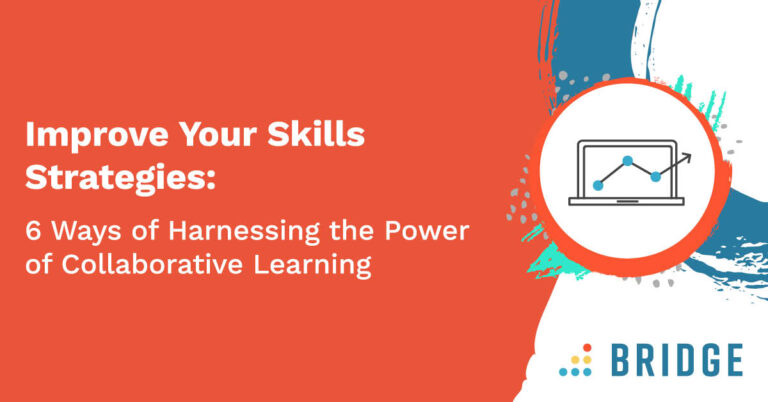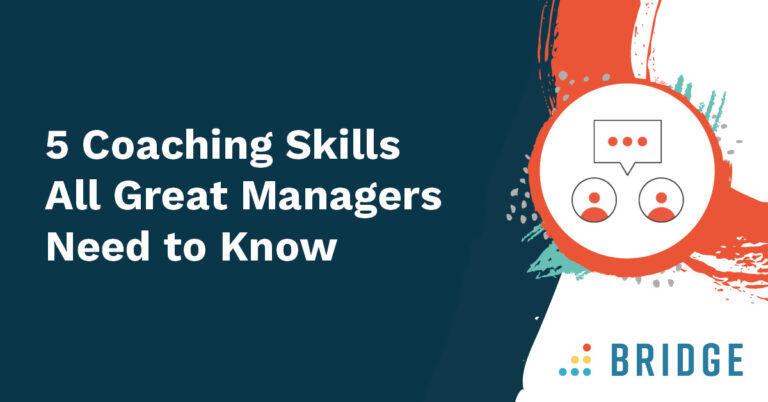When it comes to hybrid working – part-time in the workplace and part-time remotely – you could say that coronavirus has enabled a great big experiment.
We’ll put our hands up and admit the data is somewhat jumbled and a little premature at the
moment. Anyone attempting to make accurate predictions is still hampered by the surprising twists
and turns of living through a pandemic. However, there is a common element to the data: hybrid
working is increasing and our attitudes towards it are shifting to becoming much more positive.
Albeit messed up by new Covid variants and winter imposing new Covid restrictions across much of
Europe, one study revealed that by February 2021 55% of employers expected a hybrid working
model for their workforce. A Gartner study revealed that 82% of employers intend to allow at least
some remote working in the longer term.
It’s not just about convenience. It makes business sense. A study of 260 senior executives showed
that remote workers “significantly improved” their productivity. What’s more, employees will even
take a pay cut if their employer offers flexible working options.
In short – we’ve seen the awesomeness of remote working and now we want to harness its benefits
alongside the benefits of a unified workforce.
Two Workplaces, One Workforce
In very basic terms, this gives us two workplaces amongst our workforce: the home and the work
site.
Traditionally, even in the most flexible and forward-thinking organisations, these were seen as two
distinct arenas. Home working was about head-down undisturbed independent concentration with a
side order of ‘doing the employee a favour’. Office working was about collaboration and team
projects whilst maintaining direct supervision. And the two didn’t really mix.
If we’re going to have a hybrid model moving forwards, we need to blur the lines. We cannot divide
the operations and approach of our workforces like this. We need the hybrid model to be consistent
in both arenas to the degree that they seamlessly become one. If the shift is here to stay, we need to
learn and apply new approaches which bring out the benefits of remote working and the benefits of
onsite working, while creating a cohesive overall workforce.
Core to this is technology. Indeed, it’s the right technology which gives the workforce the business
‘centre’ that was once a physical location. Taking cybersecurity for granted for a moment, it is
technological platforms that will enable organisations to have one central virtual workplace. Utilising
this whether a whole team is physically in the same place or dispersed around the globe, will ensure
consistency, efficiency and productivity, regardless of where people are.
We Have to Be One
What’s vital now, whilst the pandemic is still doing its thing around us, is to embrace the future and move towards acceptance that we’re not just treading water, waiting to get back to how things were before.
Instead, we need to take the present time as an excellent training ground for learning how to make
our hybrid workforce one single workforce for the future. We need to prioritise the introduction of
technology to enable dispersed teams to truly collaborate, develop and grow, whilst promoting
uptake and usage of that technology for all employees.
A hybrid workforce needs to be a connected and centralised workforce. Technology makes that
happen.



